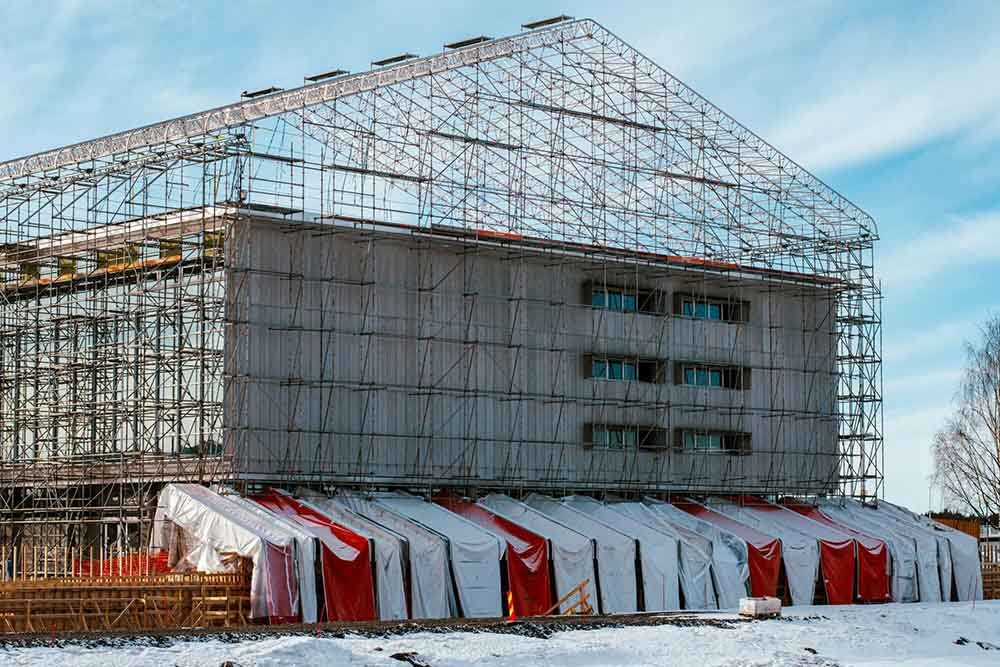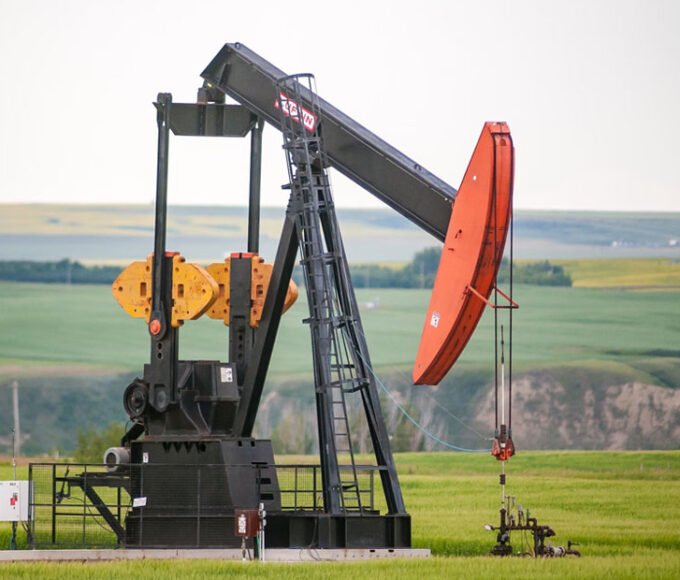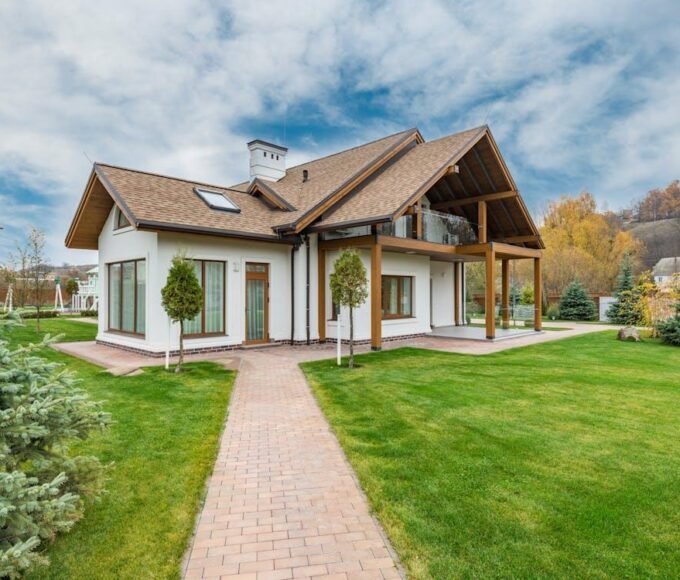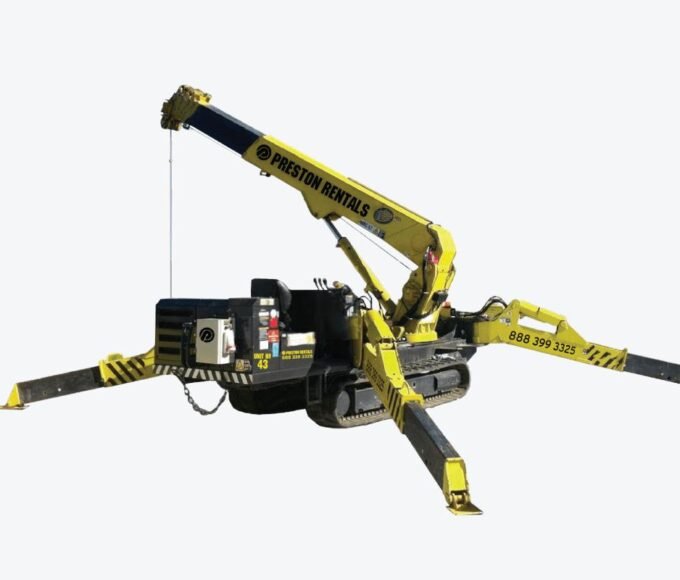In the world of construction, innovation is key to progress. Among the latest breakthroughs, modular building stands out. This method is changing how structures are designed, built, and assembled.
Unlike traditional construction, modular building offers a faster, more efficient, and sustainable approach. In this blog post, we will explore how modular building is changing construction. It is revolutionizing the industry.
We’ll discuss the principles behind this method and how it benefits various stakeholders. Read on.
What is Modular Building?
Modular building involves making sections of a building in a factory. These sections are called modules. Workers then take them to the site and put them together like blocks.
This approach contrasts with traditional construction. There, the whole building is built on-site from start to finish.
Benefits of Factory Construction
Building modules in a factory offers several advantages:
Controlled Environment
Factories provide a controlled environment. It protects against weather delays and ensures consistent quality. This controlled setting allows for more efficient production and higher quality control.
Reduced Construction Time
Modules are built in parallel with on-site prep. This greatly reduces construction time. While the site is being prepared, modules are simultaneously constructed in the factory.
Efficiency
Construction in a factory is often more efficient. It reduces time and labor costs. It also allows for easier integration of technology.
Sustainability
The modular building promotes sustainability. It does this by minimizing waste and using eco-friendly materials.
It also reduces energy use. The controlled factory environment also allows for more efficient use of resources.
Flexibility and Adaptability
Modular buildings offer a high degree of flexibility and adaptability. The modules are easy to change. They can be expanded or moved as needs change.
This makes them ideal for businesses or groups with changing space needs. This flexibility also applies to design options. They allow for many architectural styles and finishes.
Cost-Effectiveness
Modular construction can save a lot of money. It does this by making the construction process simpler and shorter. Building factories reduces surprises and costs.
These include weather delays and labor shortages. In addition, buying materials in bulk for factory production can also save money.
Improved Worker Safety
Constructing modules in a factory setting significantly enhances worker safety. Factories are designed to be safer. They have fewer risks than traditional construction sites.
Types of Modular Construction
There are two main types of modular construction:
Permanent Modular Construction (PMC)
Modules are made for permanent use. They are often indistinguishable from traditional structures. These modules are larger in size and may include features such as:
- plumbing
- electrical systems
- finishes
Relocatable Buildings (RB)
These are temporary structures that can be moved and reused for different purposes. RBs are often used for events, such as festivals or temporary classrooms and offices.
The Steps Involved in Modular Construction
Modular construction follows a distinct process that differs from traditional methods. Here is an outline of the key steps involved:
Design and Planning
The first step is the design and planning phase. Architects and engineers create detailed blueprints, considering how each module will fit together. This phase also involves obtaining necessary permits and approvals.
Factory Construction
Once the design is finalized, construction begins in the factory. Workers build each module to exact specifications, ensuring high quality and consistency.
Transportation and Assembly
After the modules are completed, they are transported to the construction site. Heavy machinery assembles the modules, connecting them to form the final structure.
Advantages of Modular Building
Modular construction provides numerous benefits for the construction industry and its clients. Here are some key advantages:
Speed of Construction
Modular building has a big benefit: it is fast to construct. Modules are built in a factory while site work is done at the same time. This lets projects finish up to 50% faster than with traditional methods.
Cost Savings
Modular construction can lead to significant cost savings. Reduced construction time means lower labor costs. Additionally, factory settings allow for better resource management, reducing waste and material costs.
Quality Control
Factory-built modules undergo rigorous quality control checks. This ensures that each module meets high standards before it leaves the factory. The controlled environment also minimizes the risk of weather-related delays and damage.
Addressing Common Misconceptions
Despite its benefits, modular construction is sometimes misunderstood. Let’s address some common misconceptions:
Myth 1: Modular Buildings Are Temporary
Many are permanent and can last as long as traditional tarp buildings. These buildings use the same materials. They follow the same building codes as traditional constructions.
Myth 2: Modular Buildings Lack Design Flexibility
Modular construction offers a high degree of design flexibility. Architects can create custom designs tailored to specific needs. Modules can be configured in various ways to achieve unique and innovative layouts.
Myth 3: Modular Buildings Are Low Quality
Building a factory ensures consistent quality control. It often leads to higher quality than on-site construction. Additionally, modules undergo thorough inspections before assembly, ensuring they meet all standards.
Real-World Examples of Modular Construction
To understand the impact of modular construction, let’s look at some real-world examples:
Healthcare Facilities
Modular construction has been used to build healthcare facilities rapidly, especially during emergencies. For instance, during the COVID-19 pandemic, modular units were deployed. They created extra hospital capacity quickly.
Educational Institutions
Schools and universities are increasingly adopting modular construction to add classrooms and facilities. This approach minimizes disruption to ongoing academic activities while providing high-quality learning environments.
Residential Buildings
Modular construction is gaining popularity in the residential sector. Developers use this method to build affordable housing quickly and efficiently.
Future Trends in Modular Construction
The future of modular construction looks promising. Here are some trends to watch:
Increased Adoption
More industries recognize the benefits of modular construction. They expect its use to grow. This includes sectors like hospitality, retail, and office spaces. They are likely to see more use of modular methods.
Technological Advancements
Technology is advancing. It includes BIM and robotics. They make modular construction faster and more precise. These technologies enable better planning, design, and construction processes.
Other Structure Options
Temporary fabric structures are one of the best building solutions in construction. They offer unique benefits that work well with modular construction methods. They are stretched over a durable frame.
They are versatile and easy to deploy. This makes them ideal for many uses. These range from temporary shelters to commercial spaces.
Understanding the Modular Building
Modular building is changing construction. It offers a faster, cheaper, and more sustainable alternative to traditional methods. By understanding the process, benefits, and uses, you can make informed decisions. Your decisions will align with your goals.
For more helpful tips, check out the rest of our site today.
















